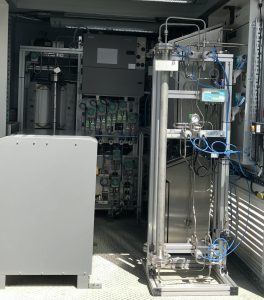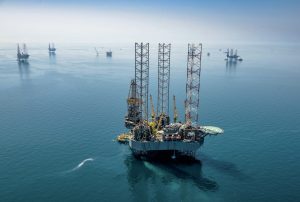
Syngas News Roundup
Gidara Energy has agreed with the Port of Rotterdam to develop a new waste to methanol facility in the Netherlands: Advanced Methanol Rotterdam (AMR). Gidara will duplicate its Advanced Methanol Amsterdam project as a template for AMR, using Gidara’s patented high temperature Winkler (HTW® ) technology, which converts nonrecyclable waste to renewable fuels. This technology has been used commercially in four other waste to syngas production facilities. AMR will convert around 180,000 t/a of non-recyclable waste into 90,000 t/a of methanol, while capturing all waste streams for use; CO2 will be captured and led to local greenhouses; bottom product residue will be used for cement production; and other streams like ammonia and salts will be sold and put to use as feed stock for other industries and road salt respectively, creating a fully circular concept. The facility is scheduled to start detail engineering and construction in the first half of 2023, when a permit is received, and start production of renewable methanol in 2025.









